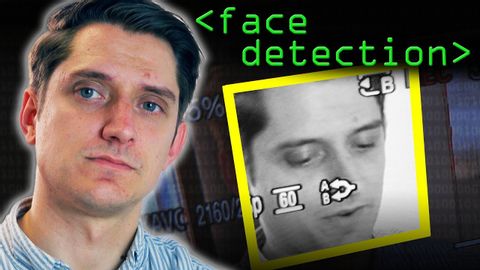顔を検出する(ヴィオラ・ジョーンズのアルゴリズム) - コンピュータマニア (Detecting Faces (Viola Jones Algorithm) - Computerphile)
林宜悉 が 2021 年 01 月 14 日 に投稿  この条件に一致する単語はありません
この条件に一致する単語はありませんUS /əˈprəʊtʃ/
・
UK /ə'prəʊtʃ/
- v.t./i.近づく;話を持ちかける
- n. (c./u.)目的に近づく方法 : 道;交渉しようとして人に近づくこと;取り組み方 : 扱い方
US /ˈprɑsˌɛs, ˈproˌsɛs/
・
UK /prə'ses/
- v.t.(コンピュータの)データを処理する;処理する;処理する;一連の工程を経る;加工する : 加工処理する;理解する
- n. (c./u.)手続き;一連の行為;方法;訴訟手続き;プロセス (コンピューター)
- v.t.増加させる : 促進する;後押しする
- n. (c./u.)増加 : 促進
エネルギーを使用
すべての単語を解除
発音・解説・フィルター機能を解除

